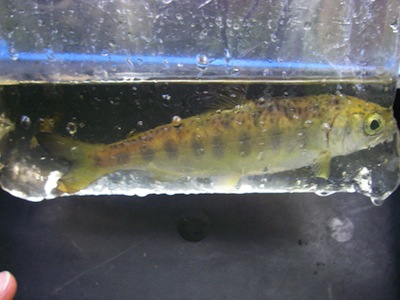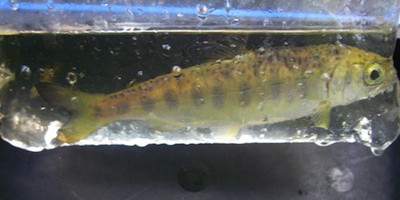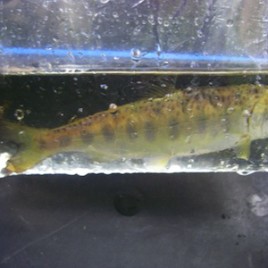
A new study suggests that juvenile coho salmon like these may benefit from the nutrients left behind by previous generations of pink and chum salmon. (Photo credit: Simon Fraser University Public Affairs and Media Relations, via flickr)
The number of juvenile coho salmon in a stream can be up to three times higher if pink or chum salmon were there the season before, according to a new paper.
Juvenile coho have been known to scavenge the carcasses or eggs of their cousins, but most of the coho in the latest study emerged in the spring, and had no contact with these sources of food.
The authors suggest that nutrients from dying pink or chum salmon may fertilize river ecosystems which benefit the subsequent generations of coho.
Original research paper published in the journal PLOS ONE on June 9, 2014.
Names and affiliations of selected authors


